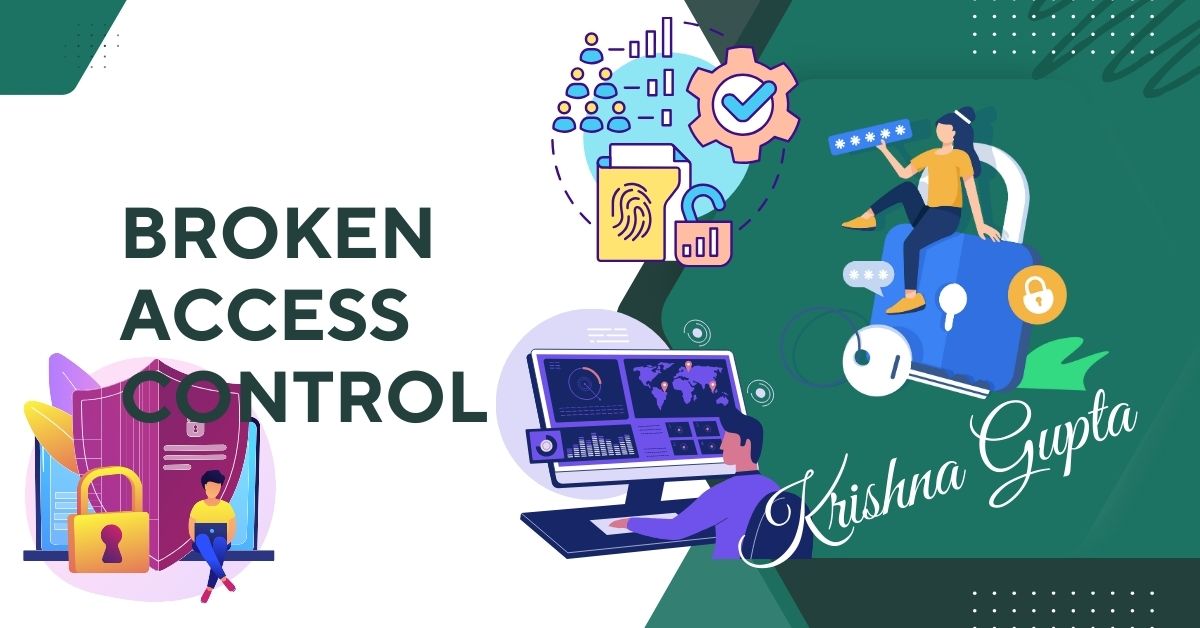Server-Side Request Forgery (SSRF): A Deep Dive into Risks and Mitigations for Software and Web Developers
SSRF occurs when an attacker exploits a server-side vulnerability to send crafted requests from a vulnerable web server to unintended locations. These requests can be directed to internal services, cloud metadata APIs, or other network resources that would otherwise be inaccessible to external users. Essentially, SSRF enables attackers to leverage the server’s trust in internal resources and APIs to bypass firewalls, access private services, and gather sensitive data.




